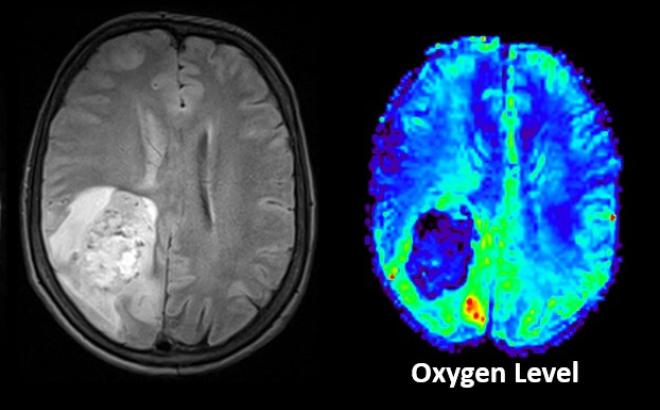The future way of aging
Age tech refers to emerging and new technologies designed to assist older adults and to promote their health. Many applications are based on artificial intelligence or machine-based learning systems. Univ.-Prof. Dr. Giovanni Rubeis explains why equity must essentially be denoted during the design process of AgeTech. To avoid exclusion and disadvantage of individuals through the use of Age-Tech, regulations alone are not sufficient.

AgeTech: Opportunities and risks
"Age-Tech has the potential to help older adults to independently live at home longer, to remain socially integrated, and to age in better health. We have to be aware that the use of technologies also carries the risk of unintentionally excluding or disadvantaging groups. That is exactly the point we deal with," explains Dr Giovanni Rubeis of the Department of Biomedical and Public Health Ethics of the Karl Landsteiner University. "Age, gender, ethnicity, education, and social status are mutually dependent social factors that interrelate in different ways. In their sum, they influence the lifeworld of a person and cannot be considered in isolation from each other."
Improvement throughout training
Artificial intelligence (AI) deals with large amounts of data. For an algorithm to work, data and information must be grouped and structured which means to simplify complex information. This so-called and basically necessary complexity management may lead to oversimplification. Missing relevant information lost during the simplification process can cause marginalisation and inequity. Including social factors as variables into the decision-making process minimizes the risk of oversimplification.
Artificial intelligence is "trained" with large amounts of data. The better the selection of training data, the fairer the resulting application, addressing the importance of including data from disadvantaged groups. When creating AI-based age tech, it is obligatory to check the training data available, to consider the social context it is taken from, and to revise it for groups that are underrepresented and supplement it with appropriate data sets. Disclosure of the underlying training data set for a technology would allow the adaptation of the application. Professionals of lower-income countries would be able to use technologies designed in high-income countries adapting them to the different social context and the therefore different users´ needs.
Complexity versus yes-or-no decisions
"Basic scripts" determine how data is interpreted. Abstract terms such as "well-being" must be defined by individual variables and reference values. The "basic scripts" decide which consequences occur based of certain variable changes. To avoid stereotypical patterns of how aging is viewed, the heterogeneity of the group of older adults must be taken into account. AgeTech aims to improve personalized medicine and care. Economic aspects competing with this goal must not be prioritized. The involvement of stakeholders and communities helps to create assistance systems for a better quality of life of users. It is therefore necessary to test applications during the design process in order to obtain and incorporate feedback from users.
Who uses AgeTech?
"Who wants and who can use AgeTech?" is mainly a question of equal access to AgeTech. Those individuals who are expected to benefit most from AgeTech may be the most difficult to reach. Again, socio-economic factors play a key role. General rejection of new technology, fear or little knowledge of how to use digital applications, or health limitations such as poor vision are possible barriers. Intensive engagement with the target group highlights barriers to use. Simple and intuitive applications that allow a tolerance for errors are required. Education tools on digital health applications can reduce access barriers by encouraging older adults’ willingness to learn and enhancing their competence to use digital assistance systems.
Fairness and equity as a main goal
AI-based AgeTech are capable of enabling independent living, health, and well-being of older people. To avoid the potential disadvantages and exclusion of individuals, ethical considerations and principles must be implemented in the design process. Equity must not be seen as an add-on but has to be promoted through the application itself. To guarantee this, a comprehensive examination of the lifeworld of the elderly and the involvement of stakeholders, users and experts is required regardless of the additional time and financial effort. Equity must be established as a main principle by political strategies and regulations regarding AgeTech.
Original paper
The publication "Equity in AgeTech for Ageing Well in Technology-Driven Places: The Role of Social Determinants in Designing AI-based Assistive Technologies." by Giovanni Rubeis, Mei Lan Fang, and Andrew Sixsmith has been published open access in the journal "Science and Engineering Ethics" due to the Karl Landsteiner University´s funding. doi 10.1007/s11948-022-00397-y




